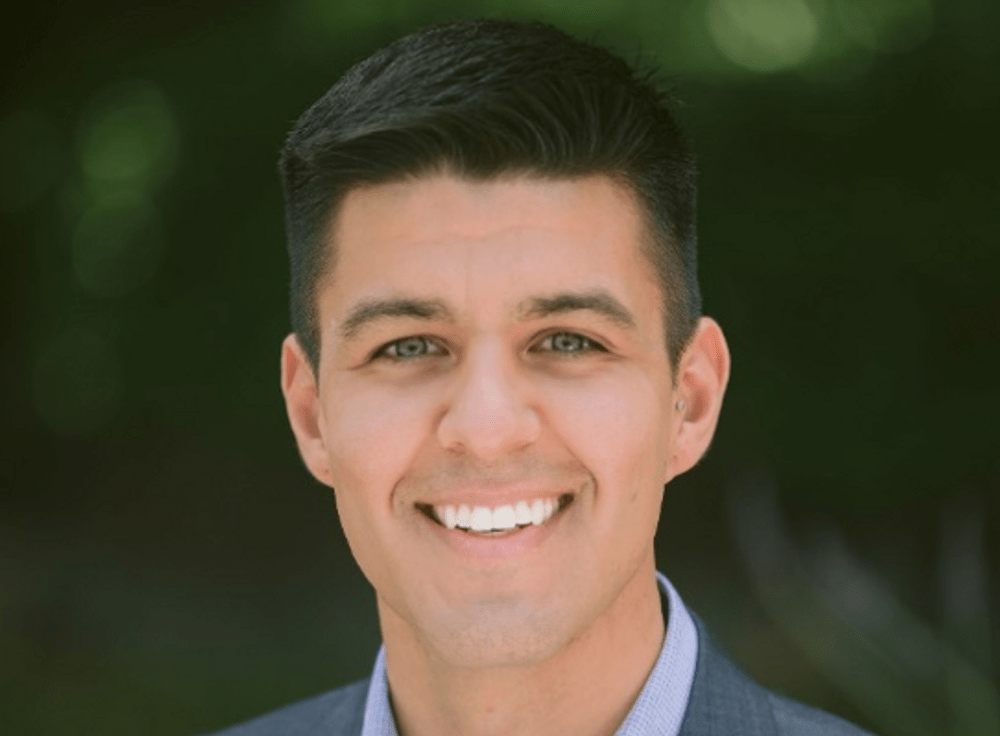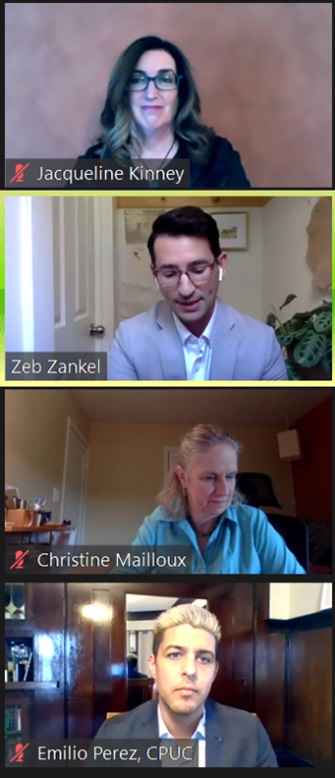California Wrestles With Efforts to Use Broadband for Distance Learning, Healthcare, and Digital Divide
October 16, 2020 — With or without federal action on broadband, California politicians have been active in taking steps to use broadband to drive distance learning and telehealth, and seeking to do more to close the state’s digital divide. For example, a mid-August order by California Governor Gavin
Jericho Casper

October 16, 2020 — With or without federal action on broadband, California politicians have been active in taking steps to use broadband to drive distance learning and telehealth, and seeking to do more to close the state’s digital divide.
For example, a mid-August order by California Governor Gavin Newsom emphasized broadband’s potential to meet these state priorities.
The order (PDF), in turn, spurred on other telecommunications and broadband proposals, and these were discussed during a Wednesday virtual session of the Federal Communications Bar Association’s Northern California Chapter and Wireline Committee.
“Two bills introduced during California Assembly sessions were focused on broadband deployment,” detailed Emilio Perez, legislative liaison at the California Public Utilities Commission. According to Perez, both bills aimed to amend Section 281 of the Public Utilities Code and establish policies to maximize efficient use of monetary resources in constructing networks.
As action ramped up in the final days of the California Assembly’s legislative sessions, the two bills aimed at expanding broadband access fell by the wayside, without notice or explanation, leading some to criticize the assembly with playing politics with essential broadband needs.
SB 1130, authored by California State Sen. Lena Gonzalez, was in a strong position heading into the assembly. The California senate voted 30-9 to pass the bill on June 26, 2020. The bill would have updated the California Advanced Services Fund to expand its eligibility to all Californians lacking high-speed access.

Panelists at the FCBA webinar
The bill dramatically departed from original legislation, and would have paved the way for futureproof, state-financed networks capable of handling internet traffic for decades to come. The bill defined new broadband standards, changing speed requirements from six Megabits per second download (Mbps) /1 Mbps upload to 25 Mbps down/25 Mbps up. If passed, SB 1130 would have been the first legislation requiring symmetrical speeds to meet the definition of “broadband.”
Sen. Gonzalez stated in a press release, that despite the chaos the COVID-19 crises is causing around the state “the assembly chose to kill SB 1130, the only viable solution in the state legislature to help close the digital divide and provide reliable broadband infrastructure for California students, parents, educators, and first responders in our communities.”
AB 570 was the other bill focused on expanding connectivity, intended to repeal Section 281 of the PUC, which the Assembly failed to act on. This bill would require the CASF program to promote remote learning and prioritize projects that reach the greatest number of unserved and underserved households.
“The bill would have required that households lacking any service were the first connected,” said Jacqueline Kinney, general counsel at the California Cable and Telecommunications Association, adding that public funds are necessary to subsidize internet where there is market failure, such as in fire-prone regions.
Unlike the two bills addressing broadband deployment, the Assembly managed to pass AB 82, which was a bill focused on the interplay of federal and state funding.
“AB82 was the states effort to try and maximize the amount of federal money rolling into California, to help preserve state dollars,” said Perez.









Member discussion